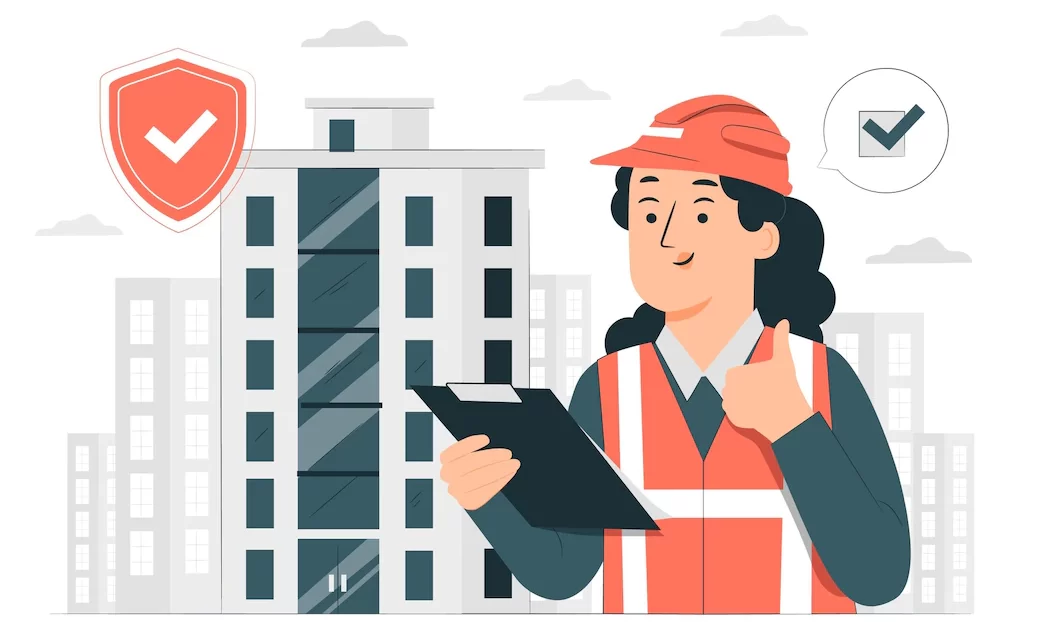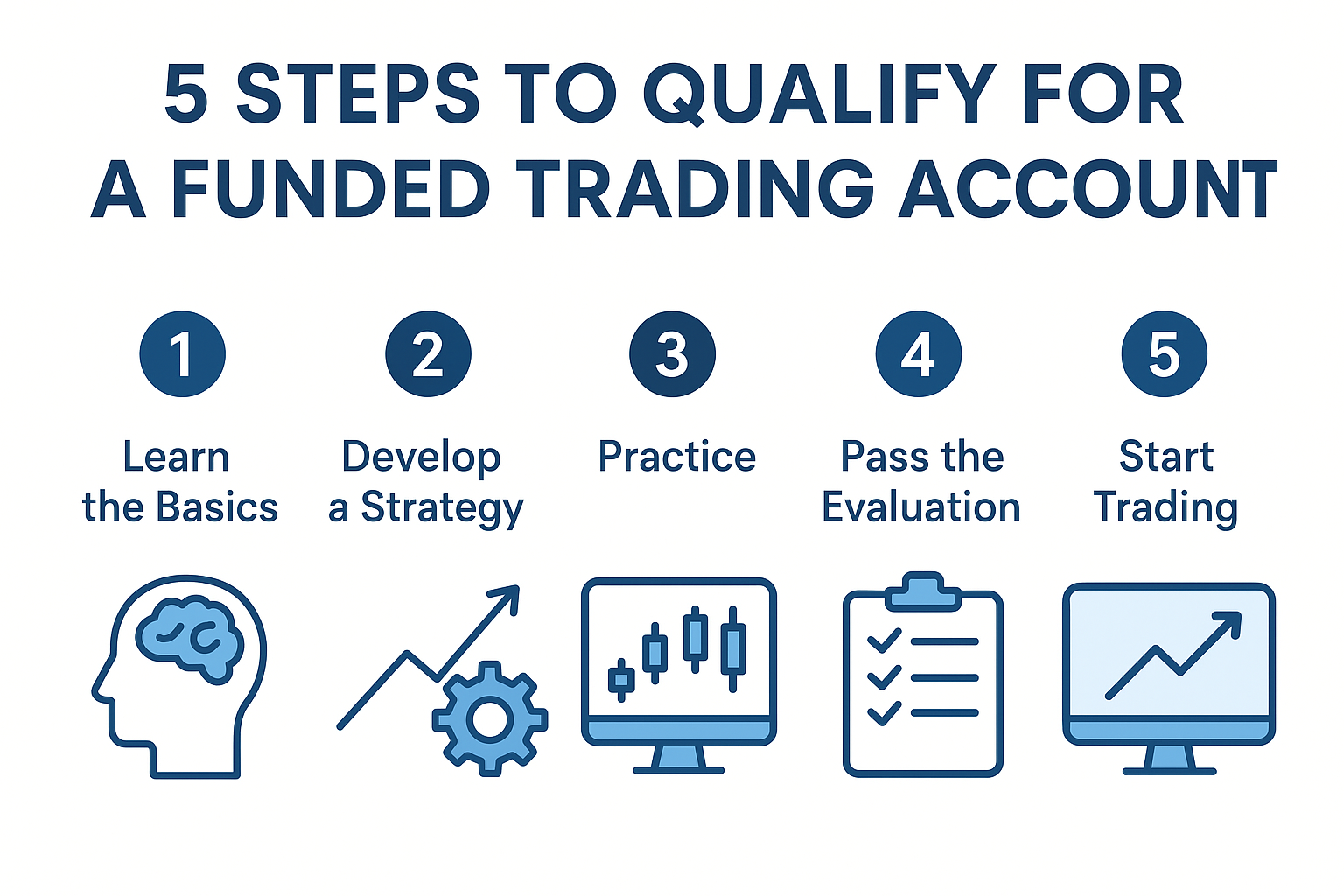Workplace Safety And Risk Reduction: A Step-by-Step Guide
It is doubtful that you will have absolutely no risk to yourself, your employers, or visitors in your workplace. Even if you operate a simple office, there are still likely to be potential threats and dangers, from trip hazards to scalding water. Yet, as a business owner, you must ensure you understand these problems and that, where practicable, you do something about them. At the very least, you need to minimize and reduce the risks to negligible issues.
This sounds like a highly time-consuming and potentially even tricky job. However, you can do it and ensure your workplace is as safe and risk-free as possible. It simply takes some planning and organization. Read on for a guide on how to get started.
Workplace Safety And Risk Reduction: A Step-by-Step Guide
Identify The Potential Dangers
First, you will need to carry out a risk assessment to identify potential hazards within your workplace. You will need to look for:
- Biological risks (animals, insects, and bacteria, for example)
- Chemical risks
- Physical safety risks
- Psychosocial risks (these link to threats to mental health and well-being)
To do this risk assessment, take a notepad and pen and walk around your workplace. Look at everything and ascertain whether it could be a risk. If you’re unsure, it’s best to note it down, as it’s better to be safe than sorry regarding health and safety.
Carry Out Regular Training
The more training your team has, the safer they will be. This can be generalized health and safety training, which is very important, but it should also be specific training relating to their job. If someone has to use a particular piece of equipment, such as a plastic welding rod, they will need to know precisely how to use it most safely, for example.
You cannot offer training once and then tick a box to say you’ve done it. In reality, rules and laws change constantly, and equipment gets updated. That means that training has to be done regularly. This will keep everyone updated, and it will people’s memories even if nothing has changed.
Provide PPE
Even with excellent training, some tasks will still have potential hazards. The welding example above shows that it can get very hot, and metallic sparks fly when someone is welding. If not handled correctly, these can lead to dangerous issues. That’s why you provide your workers with PPE—personal protective equipment.
It is your duty as an employer to provide these items, which might include hard hats, welding helmets, ear defenders, protective goggles, and so on, and to ensure your workers have training in how to use the equipment. It would be best if you also created a clause in everyone’s contract so that they have to wear the equipment when working. Although you can’t eliminate the risk, you reduce it drastically by making your workers much safer.

















